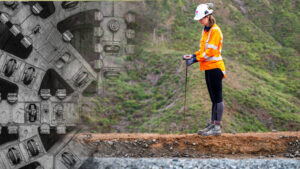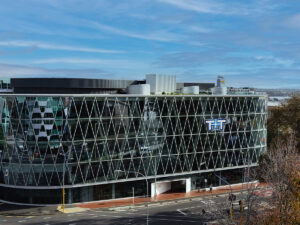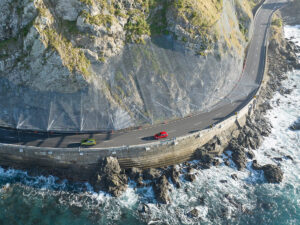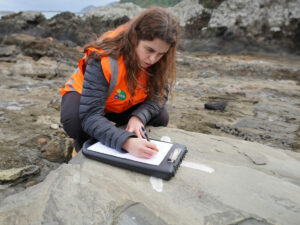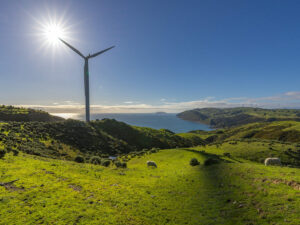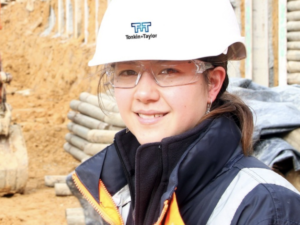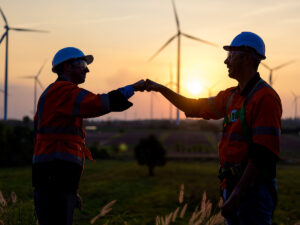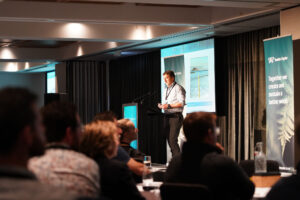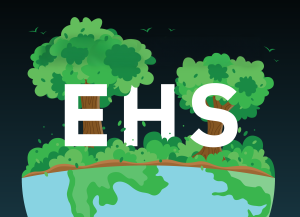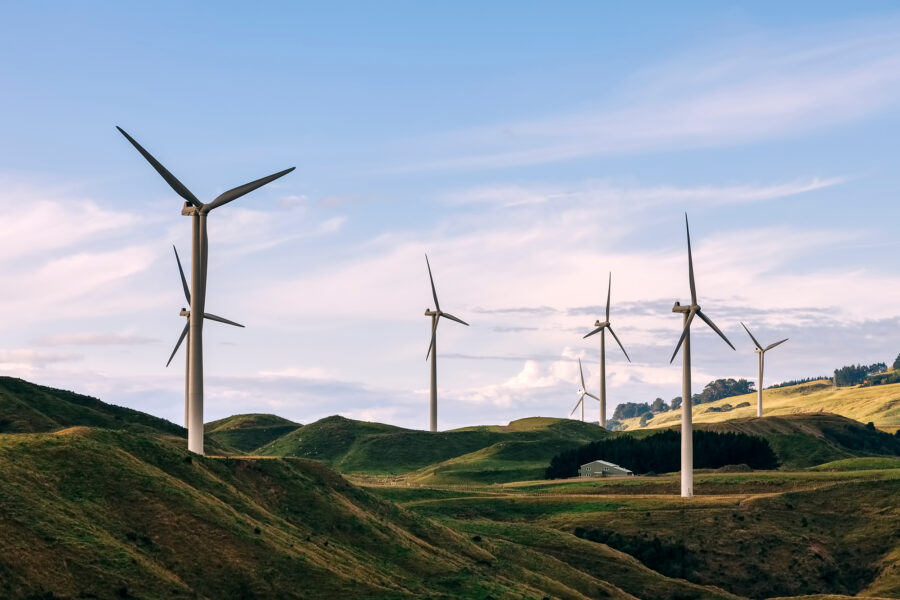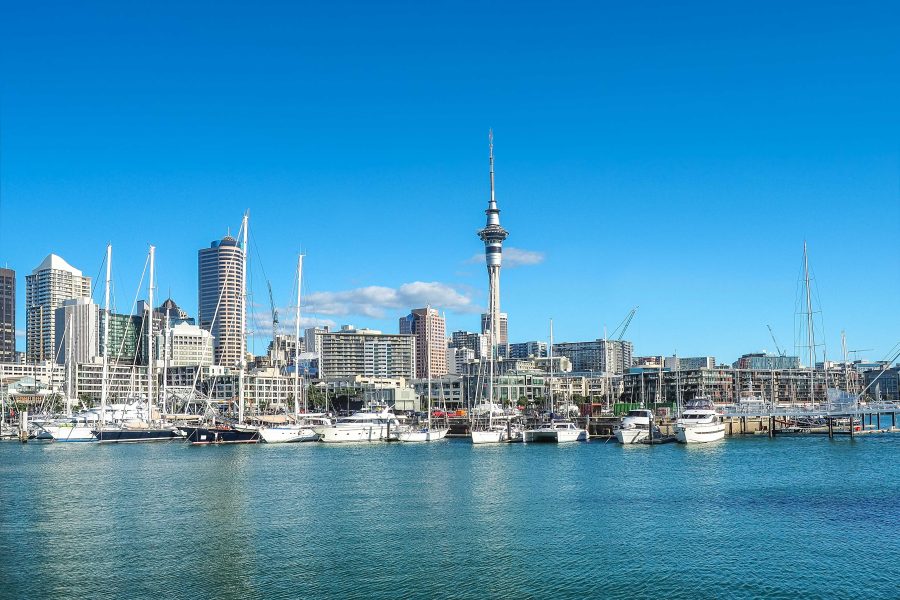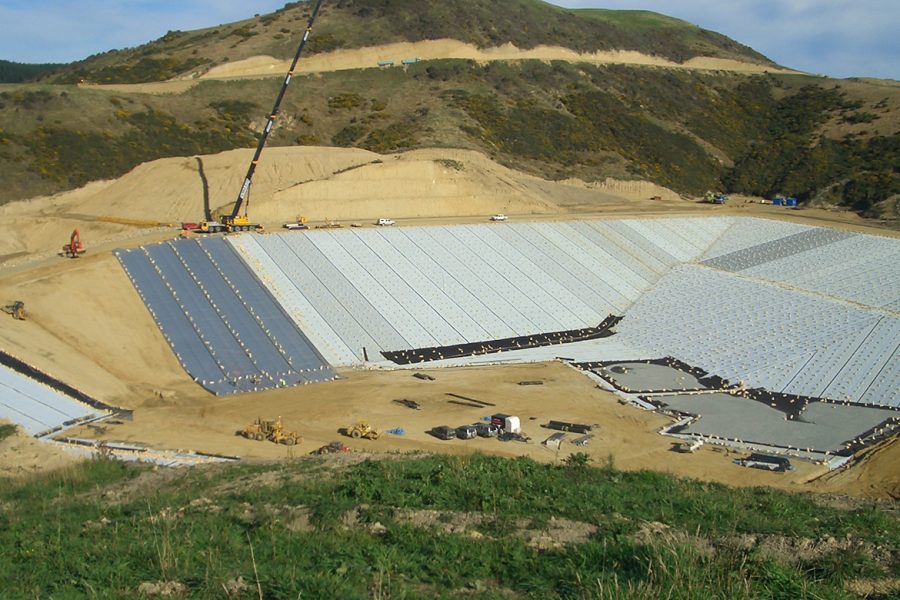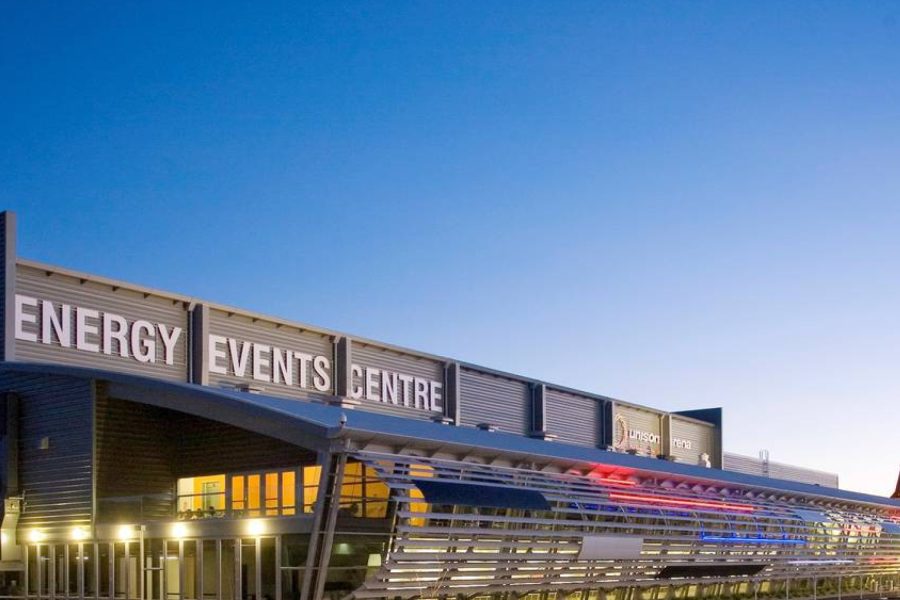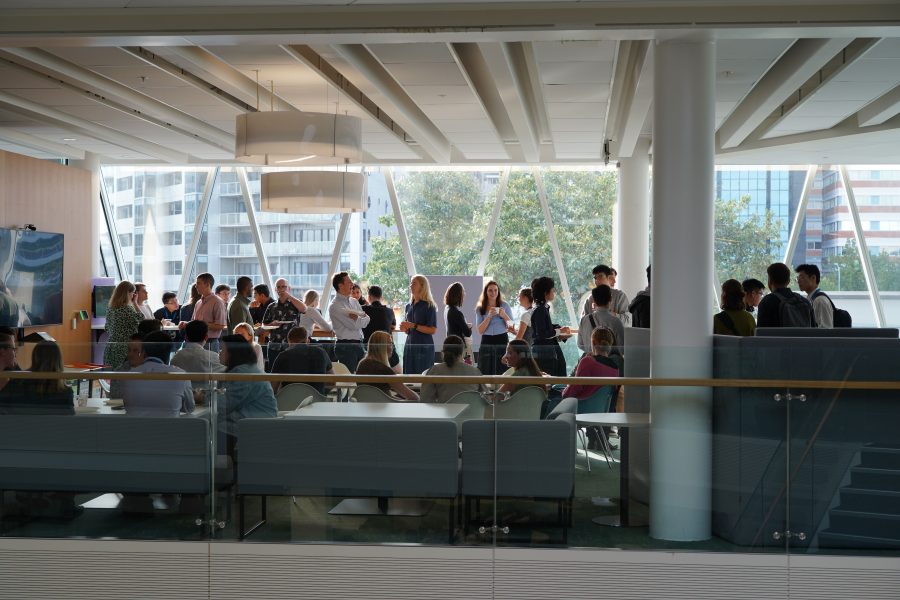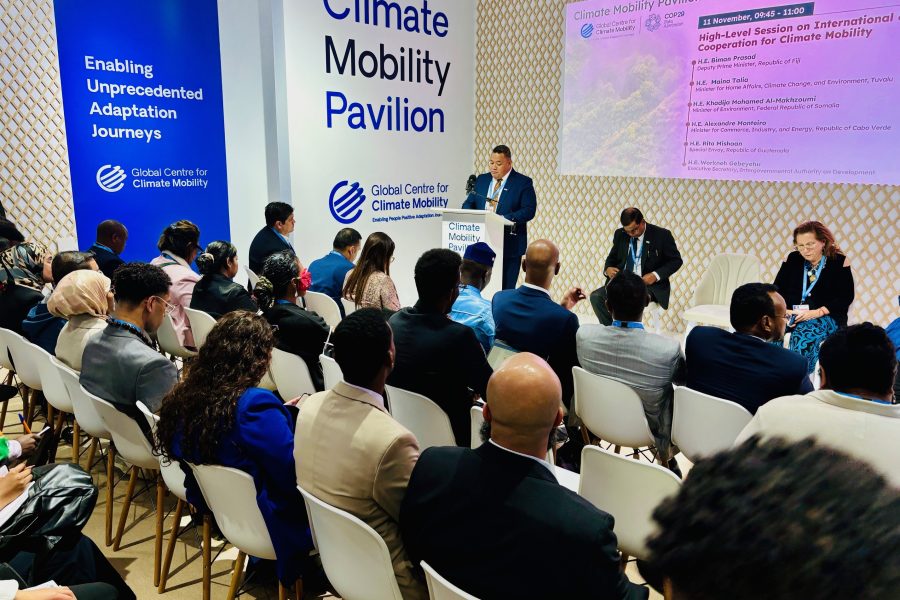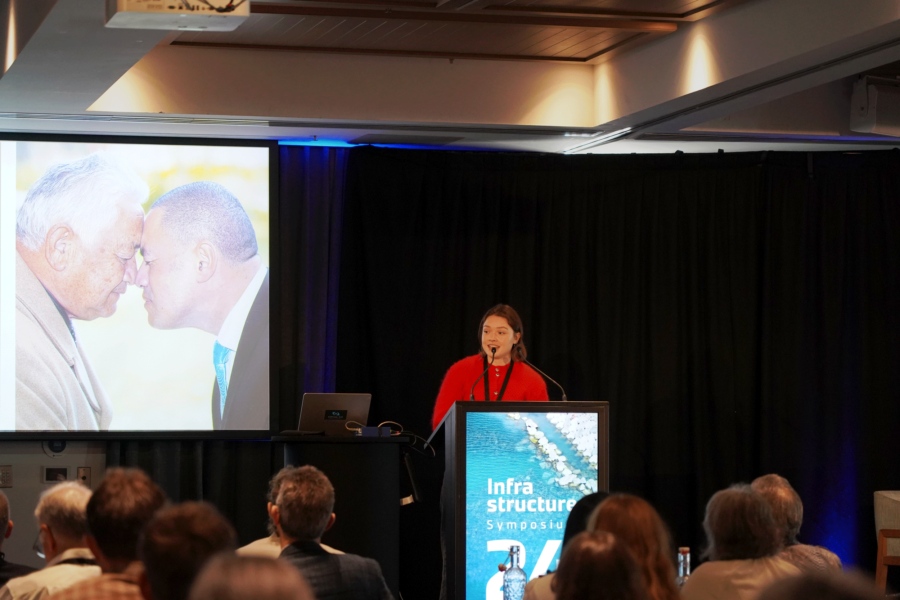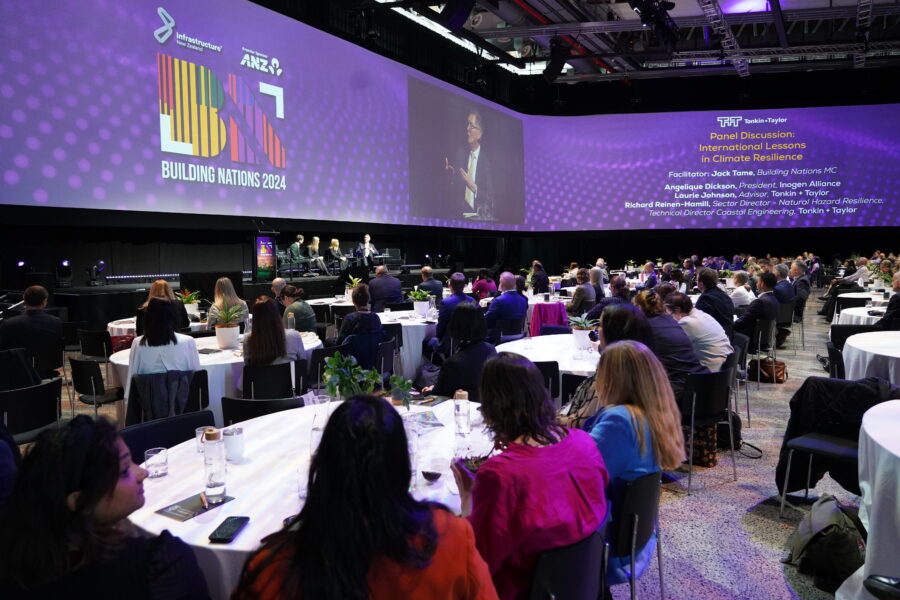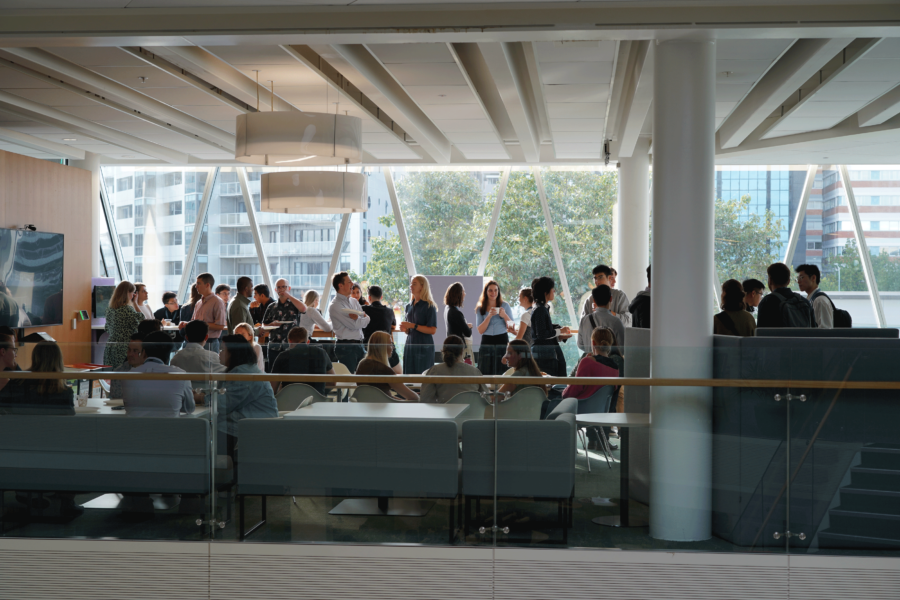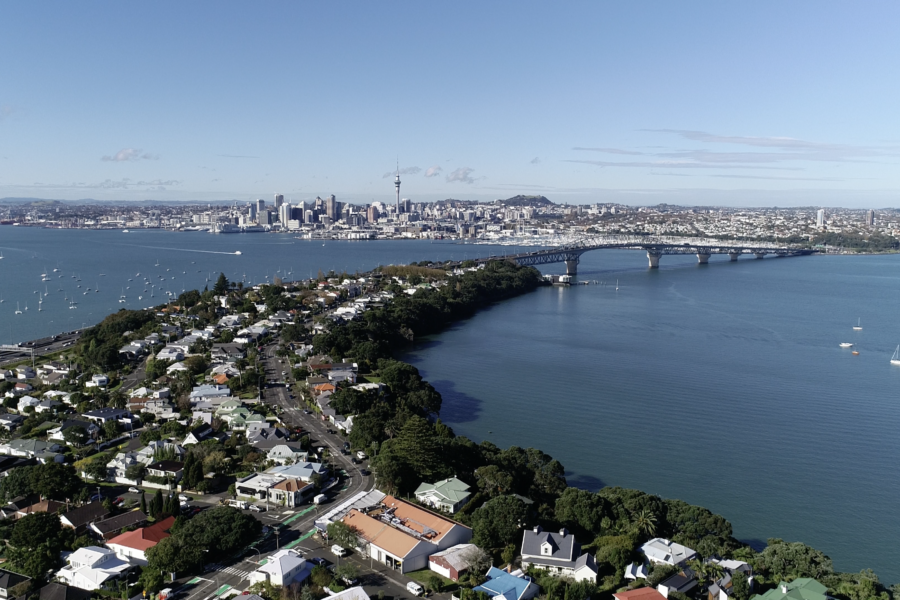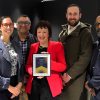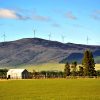Category
Events
From conferences, webinars, industry discussions, and networking events, we offer platforms to connect, exchange ideas, and build relationships.
Whether you’re an industry expert or just starting in the field, our events offer something for everyone.
Stay up-to-date with our latest events here.
Industry event and conference in July 2025 that our Tonkin + Taylor people are attending,…
Suraya Casey10 July 2025
Engineering + Architecture Midwinter Mixer When: 5:30–7pm 17 June Where: Tonkin + Taylor, Level 2,…
Saph Lukupa17 June 2025
Tackling complex waste and resource recovery challenges takes collaboration, and a willingness to think differently.…
Molly Lawrence28 May 2025
What does it take to turn a circular economy strategy into something that actually works?…
Harry12 May 2025
Explore our upcoming May Events Stormwater2025 - 13 - 15 May Ka ora te wai, ka ora te whenua, ka ora ngā tāngata —…
Molly Lawrence6 May 2025
Celebrating Pride Month Across Aotearoa + Australia February marks the start of Pride Month in…
Saph Lukupa4 February 2025
The 29th Conference of the Parties (COP29) has brought nations, multi-lateral organisations, NGOs, and communities…
Molly Lawrence20 November 2024
Explore the complexities of climate-related disclosures (CRD) with expert practitioners from Tonkin + Taylor and…
Molly Lawrence6 November 2024
Tonkin + Taylor supports several pivotal events this November, connecting with industry leaders to address…
Saph Lukupa29 October 2024
Tonkin + Taylor is supporting several pivotal events this October, providing opportunities to connect with…
Saph Lukupa1 October 2024
Building Nations 2024 - Reflections | Part 2 As public sector pressures intensify, the infrastructure…
Saph Lukupa24 September 2024
Recently, Tonkin + Taylor hosted its inaugural Infrastructure Symposium, uniting our infrastructure teams from New…
Molly Lawrence19 September 2024
Building Nations 2024 - Reflections | Part 1 Building Nations 2024 brought together leaders and…
Molly Lawrence18 September 2024
This September, Tonkin + Taylor is supporting several key industry events, including the Climate Change…
Molly Lawrence6 September 2024
Tonkin + Taylor is set to join over 800 key industry leaders at Building Nations…
Molly Lawrence27 August 2024


